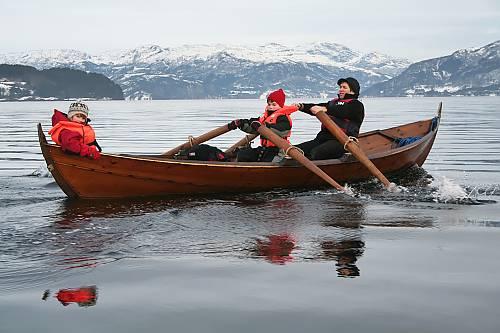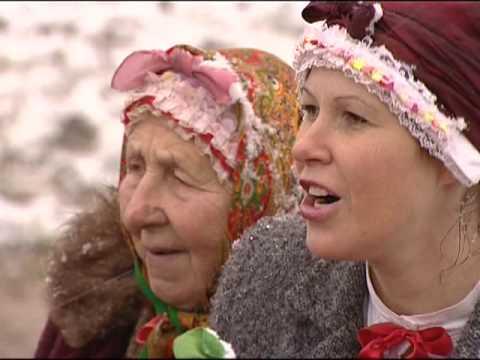Peru, a republic with Amerindians, Europeans, Africans, and Asians, is a South American country with a wide array of artistic expression, especially in music, dance, and literature. Home to the ancient Incan Empire and the famed city of Machu Picchu, discovered in 1911, it has many surviving cultural treasures listed by UNESCO.
Wititi Dance of the Colca Valley
The Colca Canyon, about 100 kilometres northwest of Arequipa, is famous as one of the world’s deepest canyons. Not as well known are the traditional dances performed during religious festivities throughout the rainy season.
The dancers are young, approaching adulthood. Girls wear colourful lace-trimmed embroidered clothing, while the men, called “Wititis,” dress in women’s skirts and military shirts or jackets, with slings and heavy hats. They dance, trying to seduce the young women.
These annual performances symbolize the renewal of nature as well as that of society. Learned at schools and also by watching dancers at birthday celebrations, weddings, and christenings, the tradition is reinforced when various villages compete with each other every year.
Festivity of Virgen de la Candelaria of Puno
This renowned festival, one of the top three in South America, is held every February. Local religious symbols, dances, and cultural elements mix with Catholicism in what is an Andean perspective on religion. The main event starts at daybreak at the beginning of the month with Mass, followed by ancient purification ceremonies.

As many as 40,000 dancers and 5,000 musicians take part. The next morning, a statue of the Virgin is held aloft and accompanied through the streets of Puno, mostly by the local people who are of Quechua and Aymara ethnicity.
Many of those who emigrated from Puno return for this cultural event, thus enabling the traditions of dance, music, and mask-making to thrive.
The Scissors Dance

This test of physical ability is performed by those who live in the Quechua villages and communities in the south-central Andes as well as in urban settings. The competitive ritual dance is performed during the dry months, thus coinciding with the agricultural calendar.
The dance takes its name from the pair of iron rods, resembling scissors, which the dancers hold in their right hands. Violinists and harpists play while each team, representing a certain village or community, dances. Two or more teams face each other. Each of the dancers holds the “scissor” blades while dancing, sometimes for up to 10 hours. The physical and spiritual stamina needed to be effective is truly amazing.
Huaconada, Ritual Dance of Mito
Performed in the village of Mito in the province of Concepcion in the central Peruvian Andes, this dance takes place annually on the first three days of January. Masked men known as “huacones” perform a choreographed series of dances in the centre of town. There are two types of huacones, the first representing the former council of elders who for the duration of the festival actually bear the town’s highest authority. The whip they carry and the masks they wear emphasize their roles. Their masks have large noses evoking the beaks of condors, creatures believed to represent the spirit of the sacred mountains.

While the elders’ masks represent respect and fear, the modern huacones wear contemporary clothing and masks evoking sadness and mockery. An orchestra plays, incorporating an indigenous drum in its music, which has ancient Andean elements mixed with contemporary music. Only those who are respected for moral integrity may play a role. The dance is traditionally handed down from father to son, as are the masks and techniques for making them.
Taquile and its Textile Art

The island of Taquile, located in Lake Titicaca on Peru’s high Andean Plateau, is known for its textile art. The woven cloth is made by men and women of all ages and the resulting product is made into clothing worn by all community members. The island was isolated until the 1950s and residents have a strong sense of community, reflected in the way they organize community life. Collective decision-making is the rule.

The tradition of weaving goes back to pre-Hispanic times and helps to preserve the early culture. Fabrics are knitted or woven on an ancient type of four-stake ground loom. Perhaps the most well-known product of these looms is the “chullo,” a knitted hat with earflaps. While contemporary motifs have been introduced, the traditional style and techniques have been maintained.
Susan Hallett is an award-winning writer and editor who has written for The Beaver, The Globe & Mail, Wine Tidings, and Doctor’s Review, among others. She is currently the European editor of Taste & Travel International. Email: [email protected]




